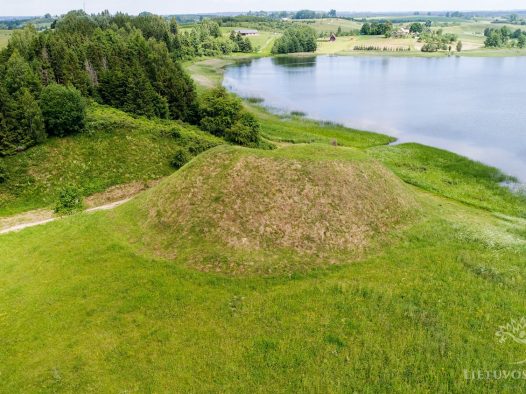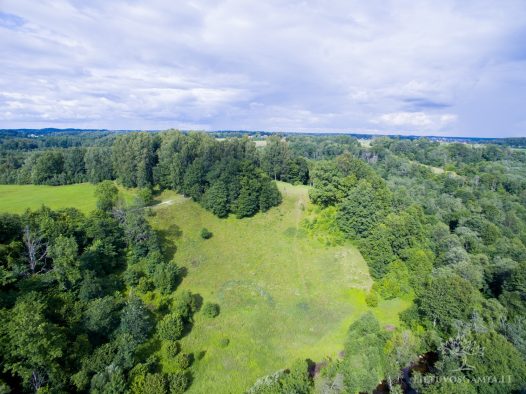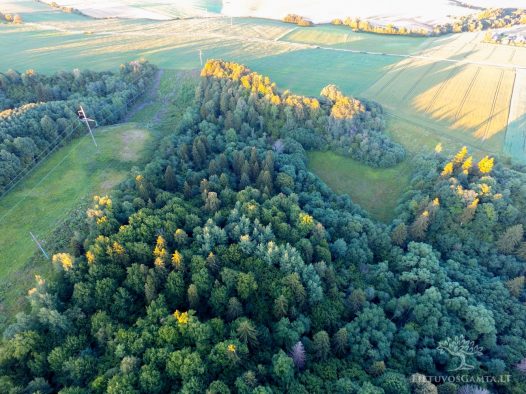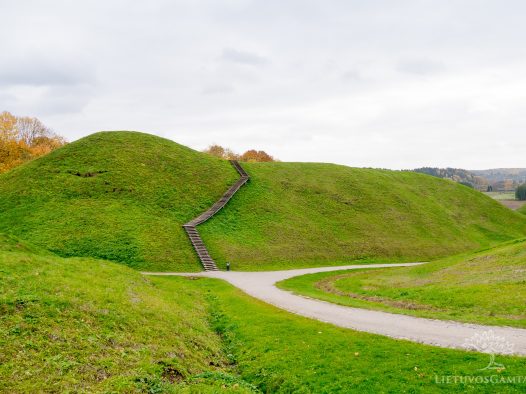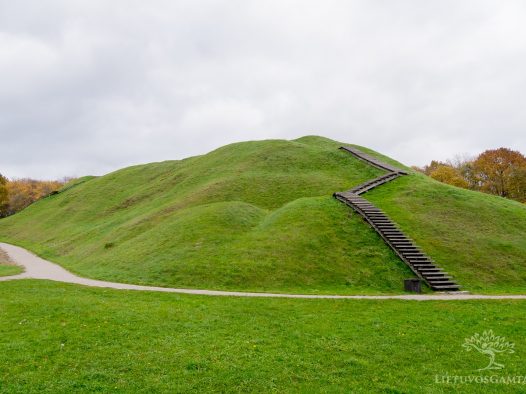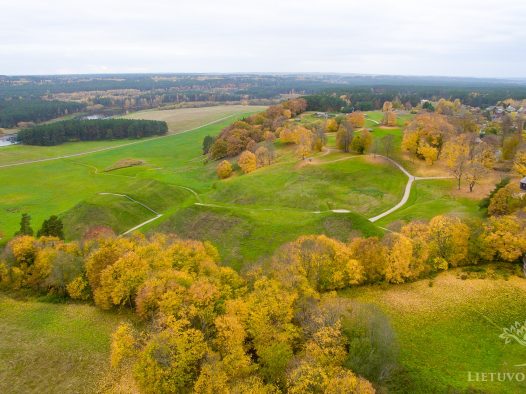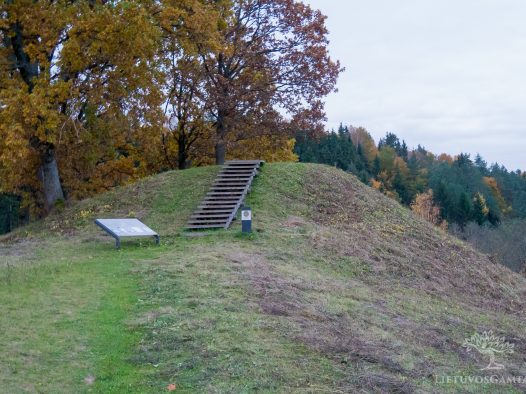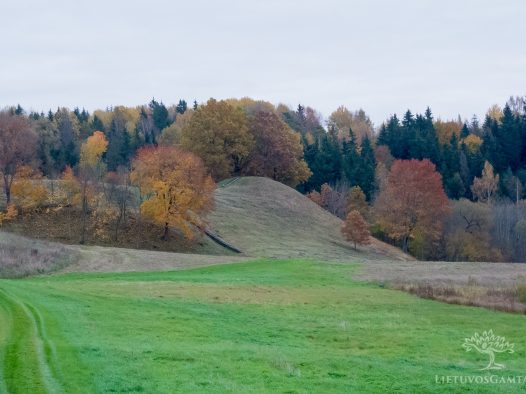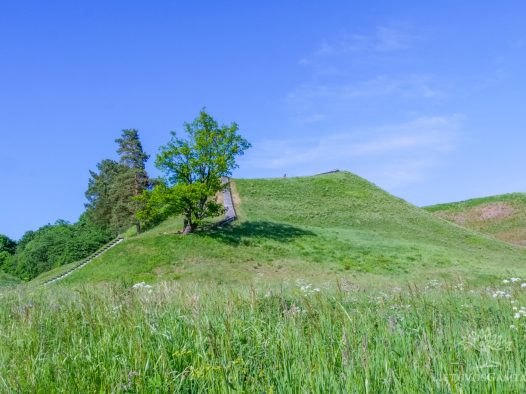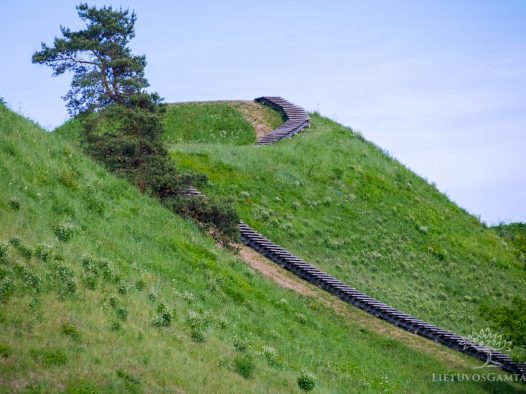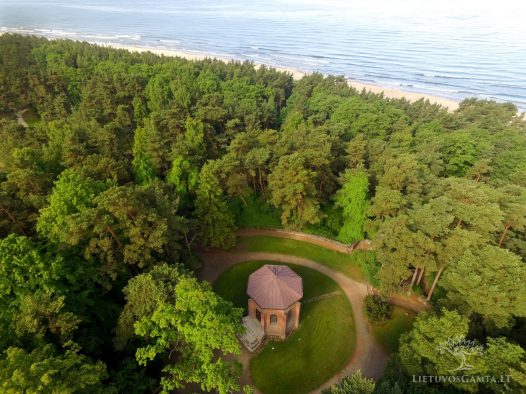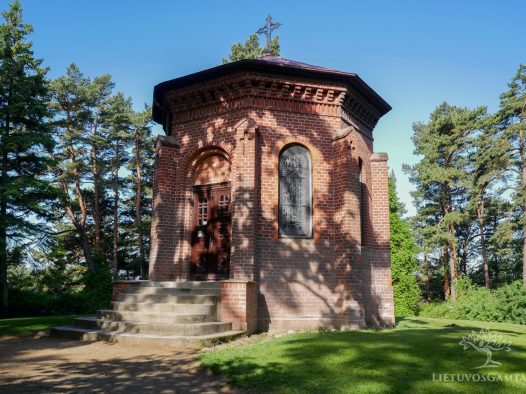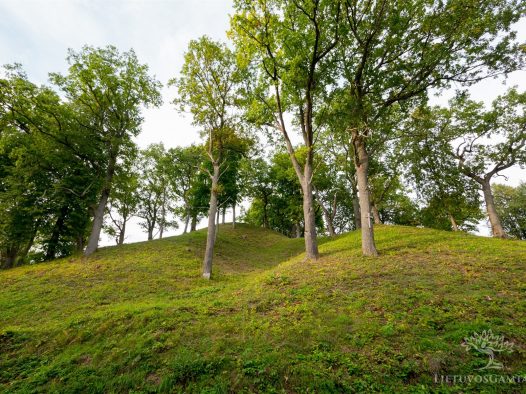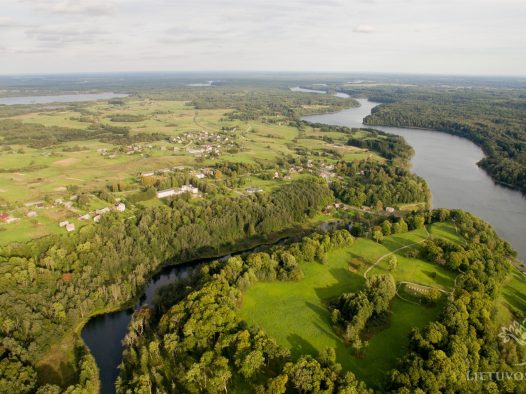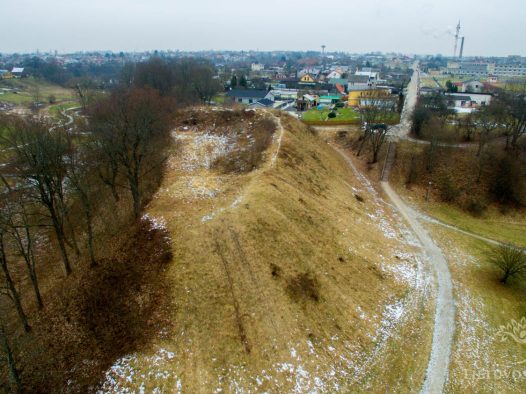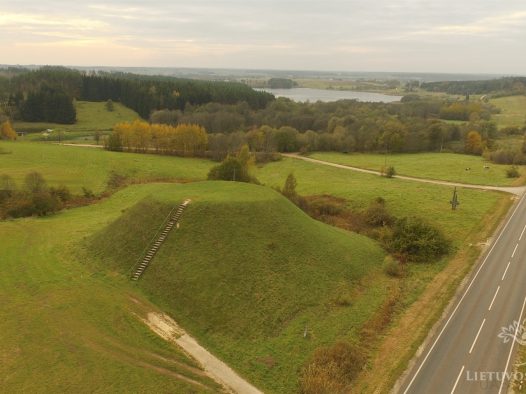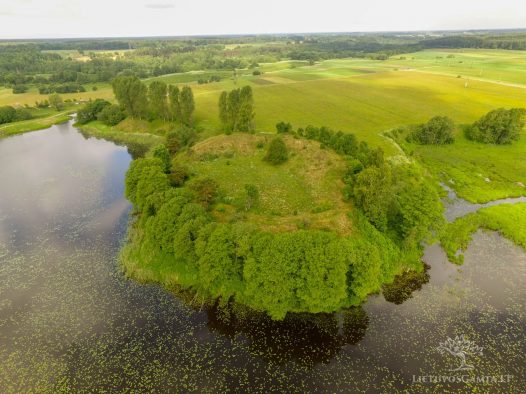Ancient Baltic peoples, modern Lithuanians among them, have never been endowed by nature with great defensive conditions. Lithuanian plains were neither good for hiding, nor for fighting back. Therefore, our ancestors used to dig and pour fortifications for their settlements with their own hands. The majority of these structures dug thousands of years ago have remained up until today, and they are called mounds.
Mounds – a unique heritage of the history of the Balts
Mounds are specific only to the Baltic culture, since other peoples used to have sufficient natural means for settlement establishment. Historians claim that the first mounds might have been formed around 1000 BC. Approximately 850 mounds have remained in Lithuania. All of them remind of rich history, and you can feel its breathing while visiting these unique witnesses of the life and battles of the Baltic tribes.
Some of the most famous and biggest ones in Lithuania are the mounds of Kernavė. Five mounds standing in Širvintos district, the town of Kernavė, are included into the List of UNESCO protected objects. The town itself, breathing the spirit of the middle ages, is protected as well. The festivals of live archaeology take place there in summers, where there is an impressive revival of the old crafts, the music of the middle ages is being played, and you can try various meals of that time. However, it’s really exciting to visit the mounds of Kernavė at any season. Though you should really look into their rich history or travel around Kernavė with a guide. After all, for example, Aukuras (altar) mound looks much more impressive when you know its secrets. There are some historians who believe that once priestesses used to look after the altar for the gods on this hill. Other historical sources tell the stories of the mansion of the Duke Traidenis, which used to stand here.
The mound of Palanga, also known as Birutė’s Hill, is also very popular among the tourists. Historians believe that a temple used to stand at this place approximately in the 9th – 15th century. Priests not only used to perform ordinances there, but also used to monitor the movements of celestial bodies, according to which they would foretell the approaching tragedies and forecast the weather. One of the most beautiful Lithuanian love legends is related to this mound. Once there supposedly was an altar for the goddess Praurimė on this hill. The fire in this altar was supposedly kept by a pure-hearted priestess named Birutė. Once the Duke Kęstutis, riding from the war, saw the girl, fell in love with her from the first sight, and proposed to her. Birutė accepted the proposal, the Duke took her back to Vilnius, and they had a son named Vytautas, who later became a great ruler and conqueror. When you visit the mound of Palanga and look into its history and legends, you should really take some time to look around the wonders surrounding this place – the Amber Museum, Count Tiškevičiai Manor, and Botanical Garden. The Baltic Sea is also nearby, so you won’t feel the lack of activities for the entire day.
You will find another interesting mound in Dubingiai, Molėtai district. The mound stands on the Peninsula of Asveja Lake. It’s believed that a wooden caste used to stand on the mound in the 14th century, which should have protected from the attacks of Livonian Order. The site of an ancient castle of Dubingiai is considered to be the biggest in Lithuania, a great number of archaeological exploration is being carried out in this place, during which the ruins of an old church and the palace of Radvilos have been found there as well as the remains of the nobles themselves. Recreational path runs throughout the territory of the site, the ruins of the church and the preserved ruins of the palace. And after you’re done with historical and archaeological discoveries, Asveja Lake always welcomes you to refresh or even enjoy some fishing. The surroundings of Dubingiai are also famous for a great variety of impressive, clean swimming lakes; therefore, the visitation of the mound might become a really fascinating attraction besides all other summer pleasures. Visiting this place during the cold season when the lake is frozen is just as pleasant as in summer.
Each district of Lithuania has smaller or larger mounds. So look into them – it’s really worth it to stop by and enjoy the view when passing by, and maybe even to spend the whole day turning the vivid pages of Lithuanian history.
You can easily find the most beautiful mounds of Lithuania using coordinates and maps, provided for you on the website www.lietuvosgamta.lt. Audio stories, short video films and a great number of high quality pictures will introduce you to the history of the mounds. All you have to do is select the mound you’re most interested in and prepare for the journey!

